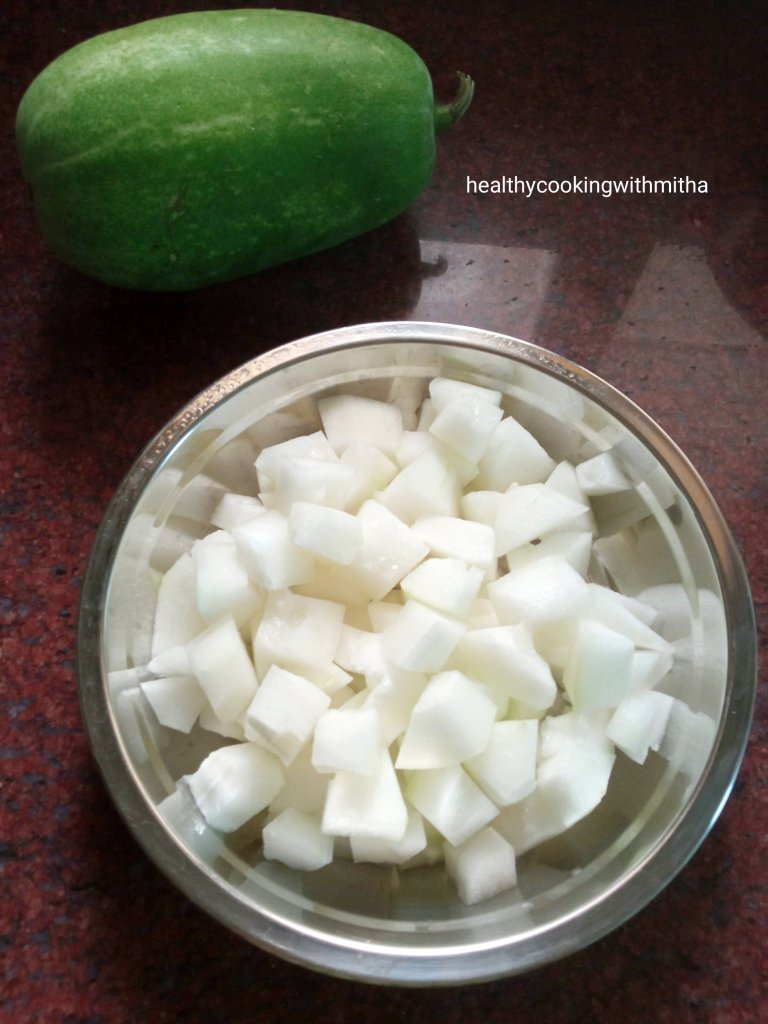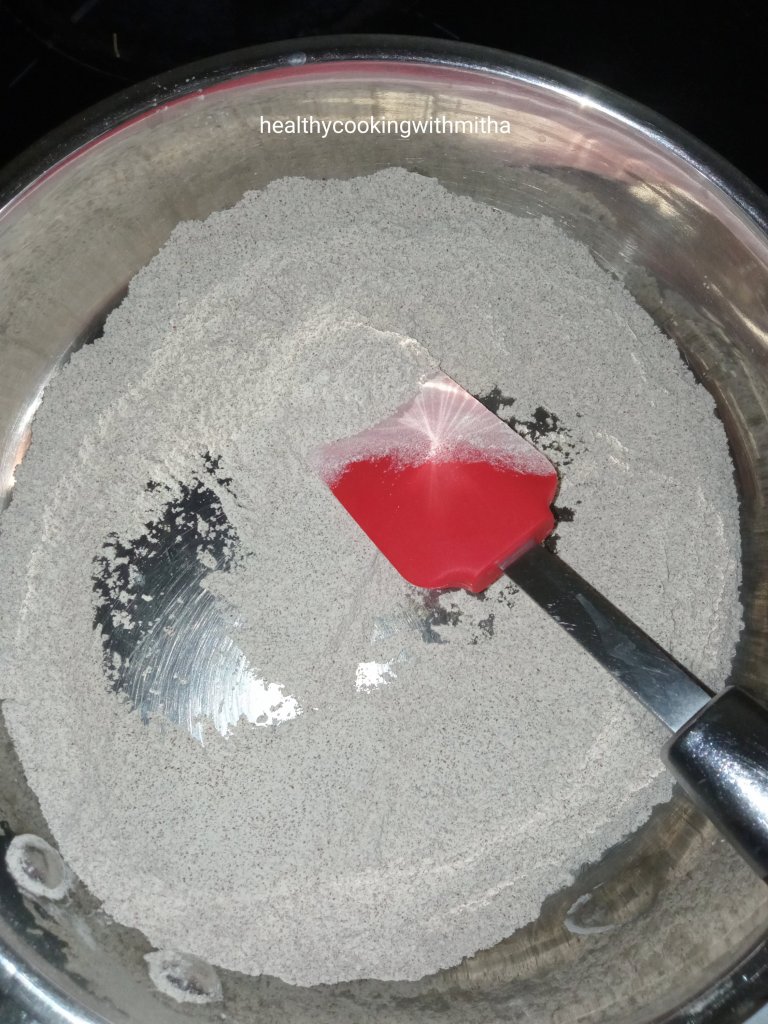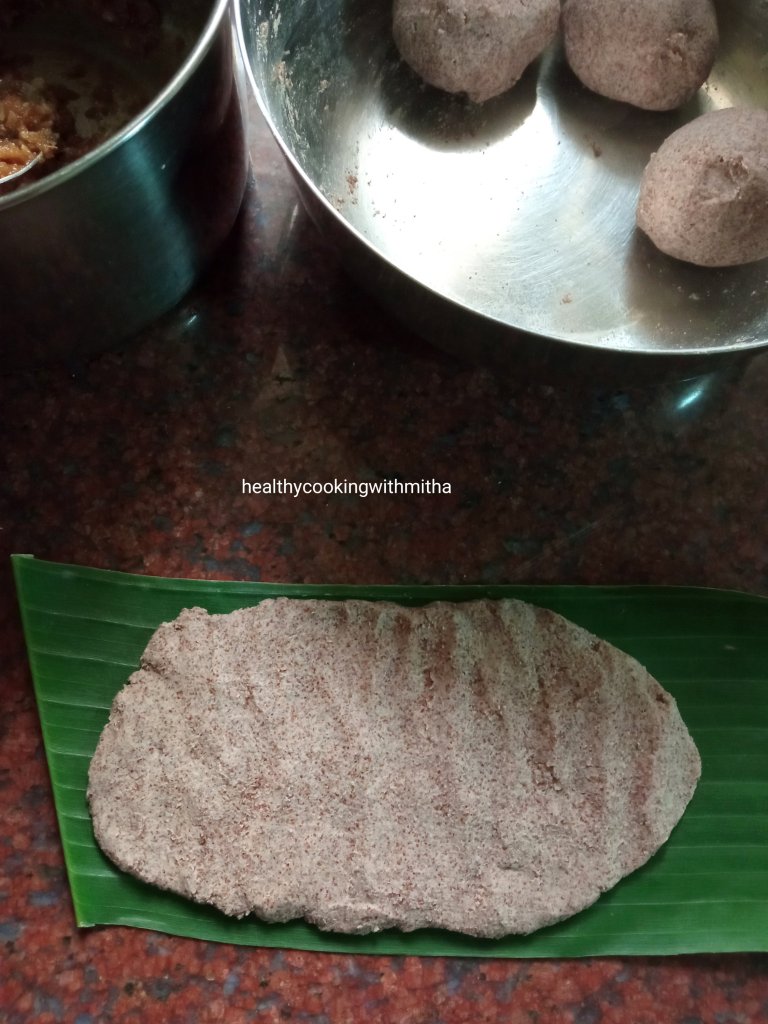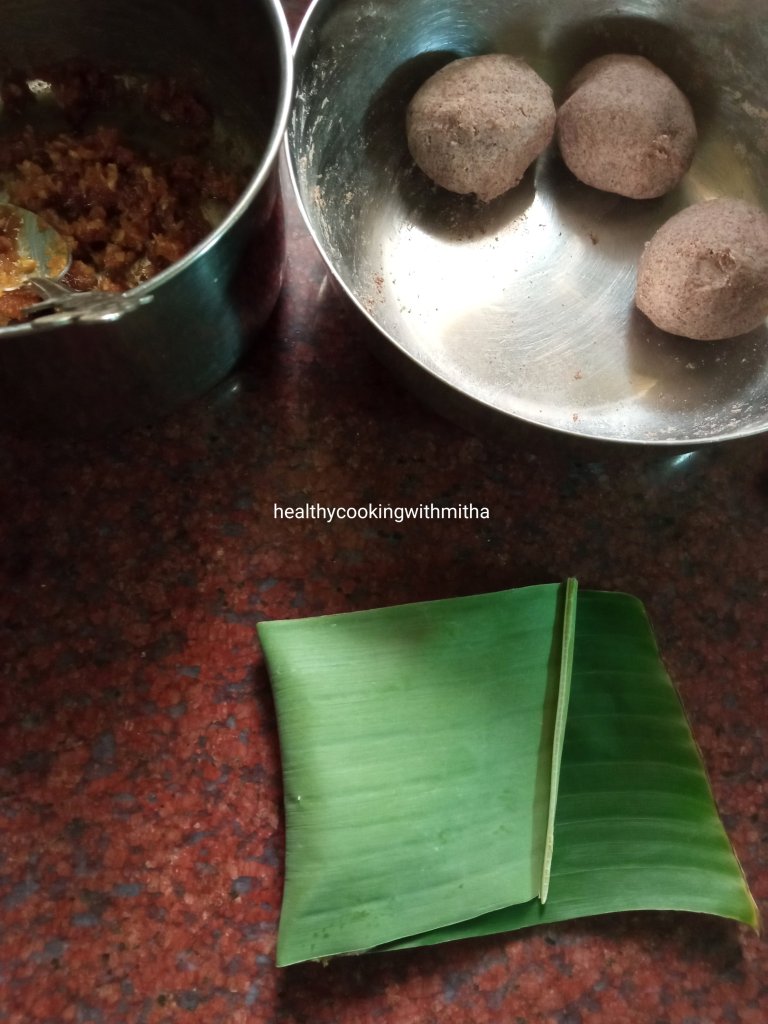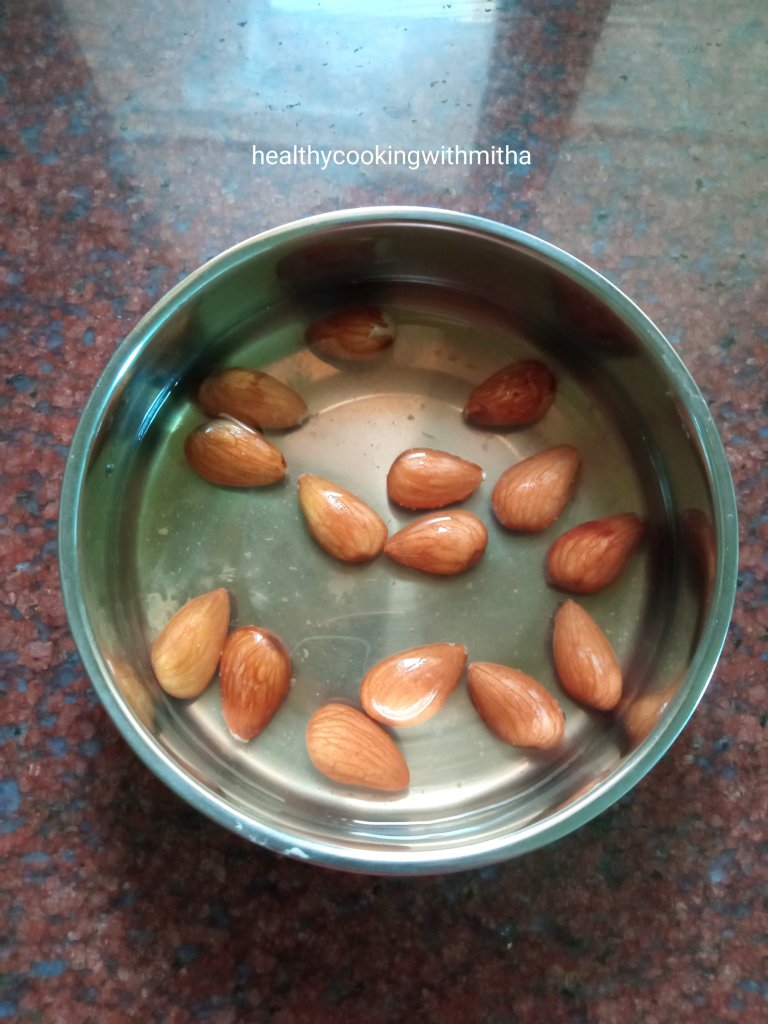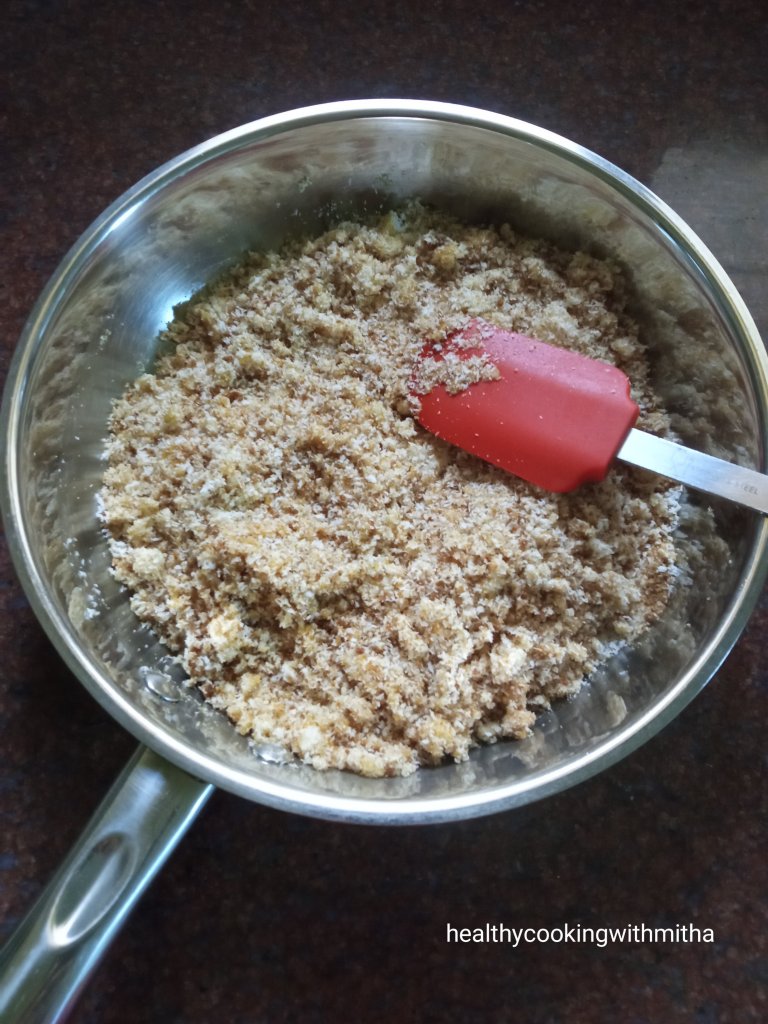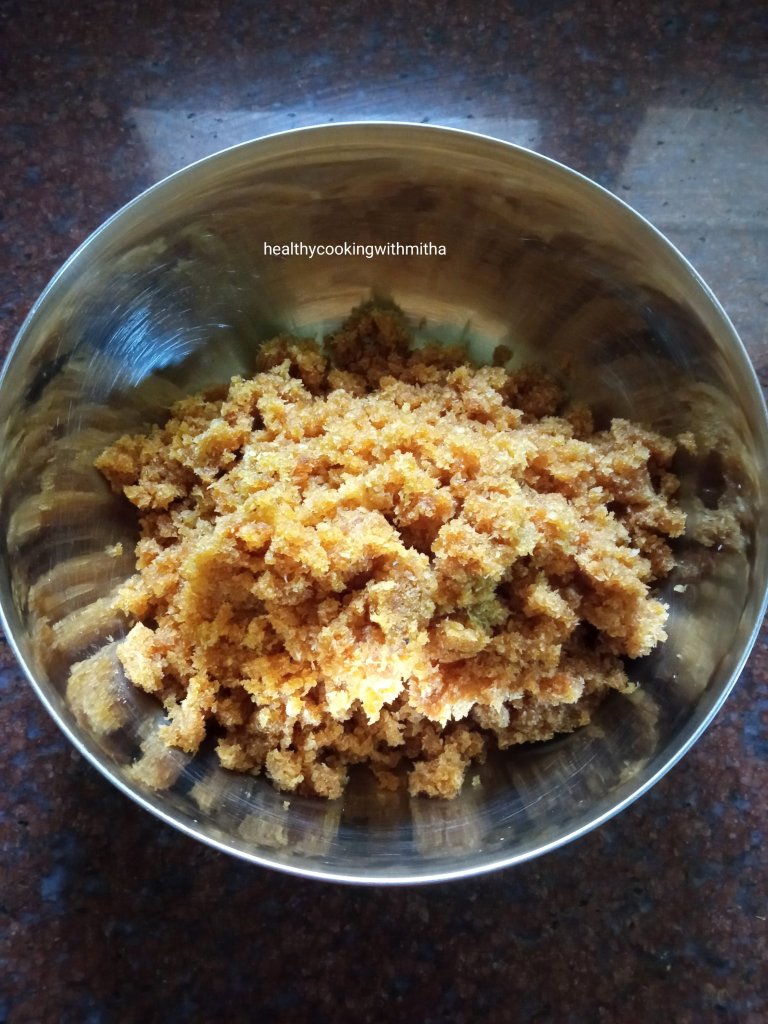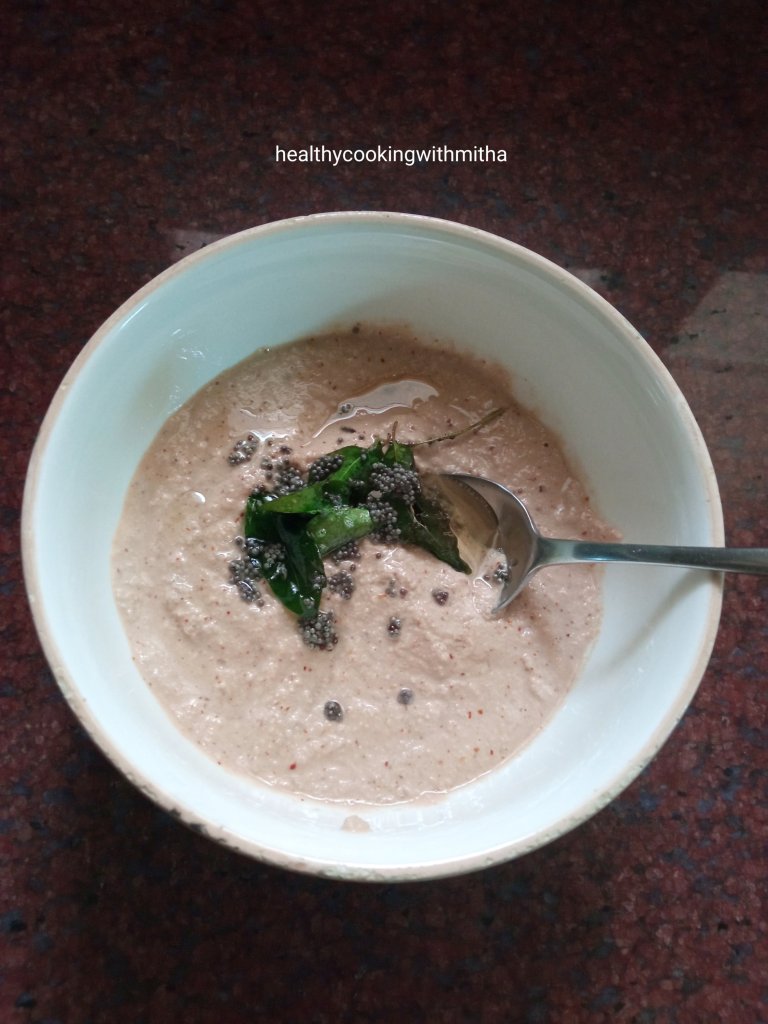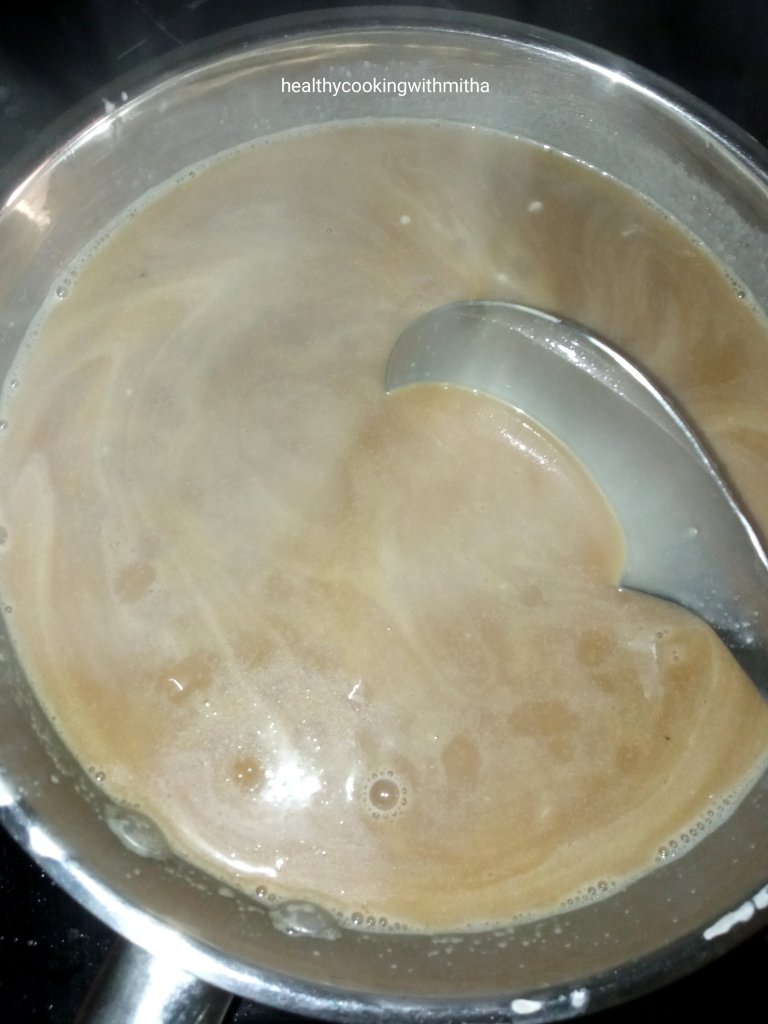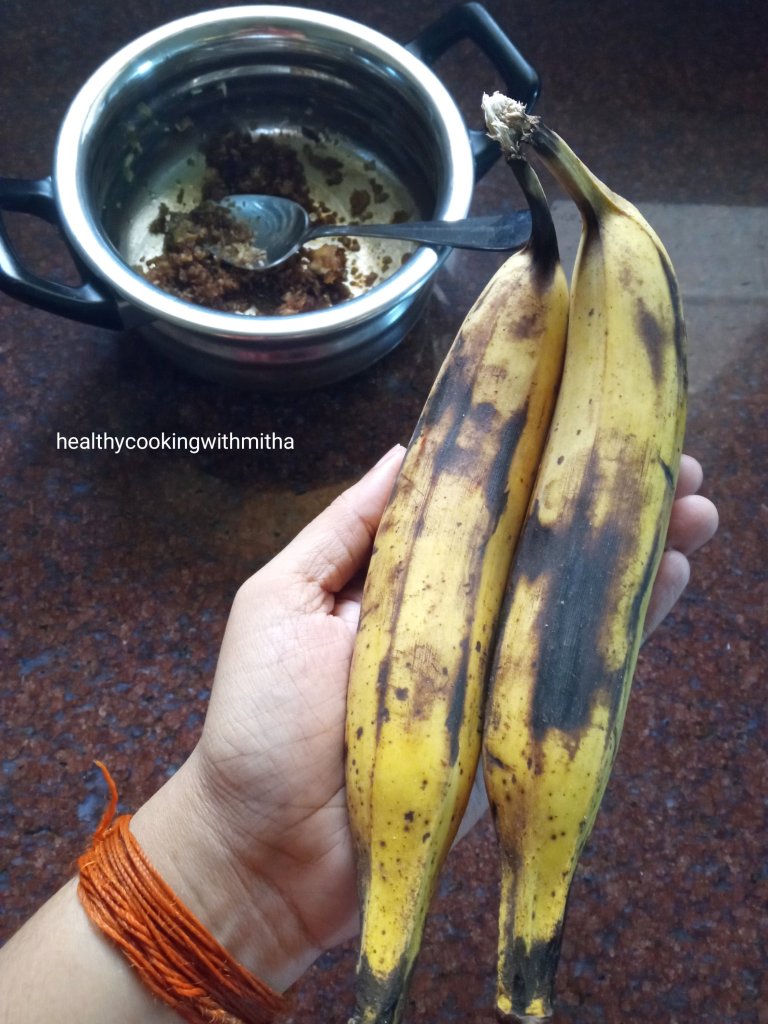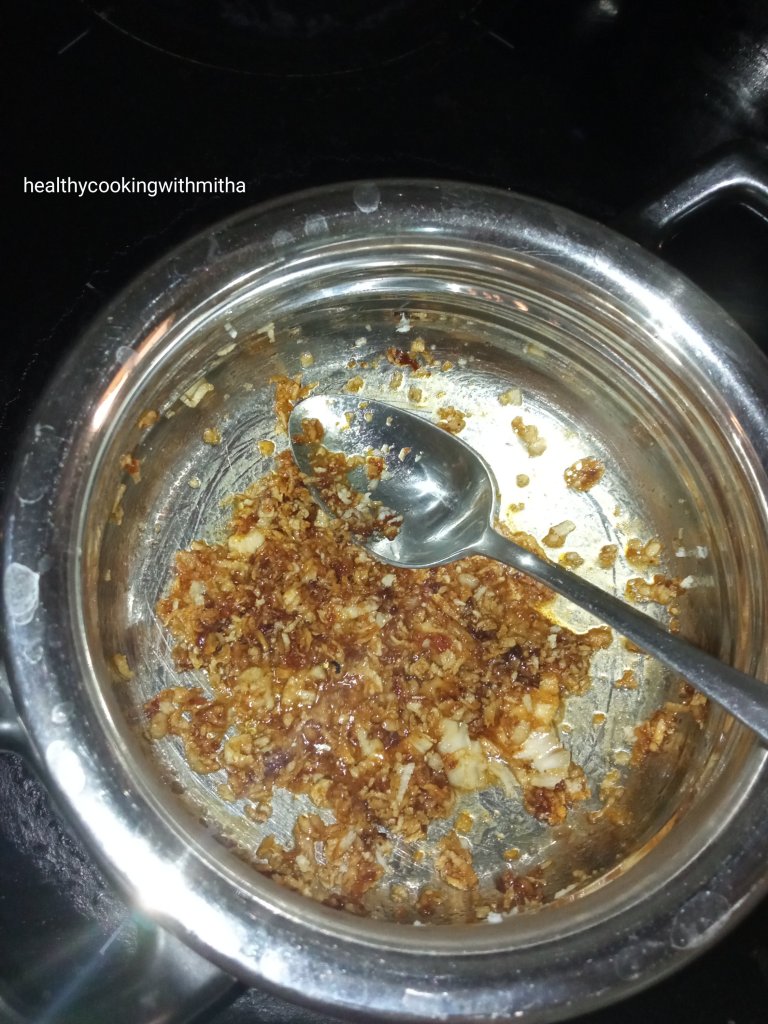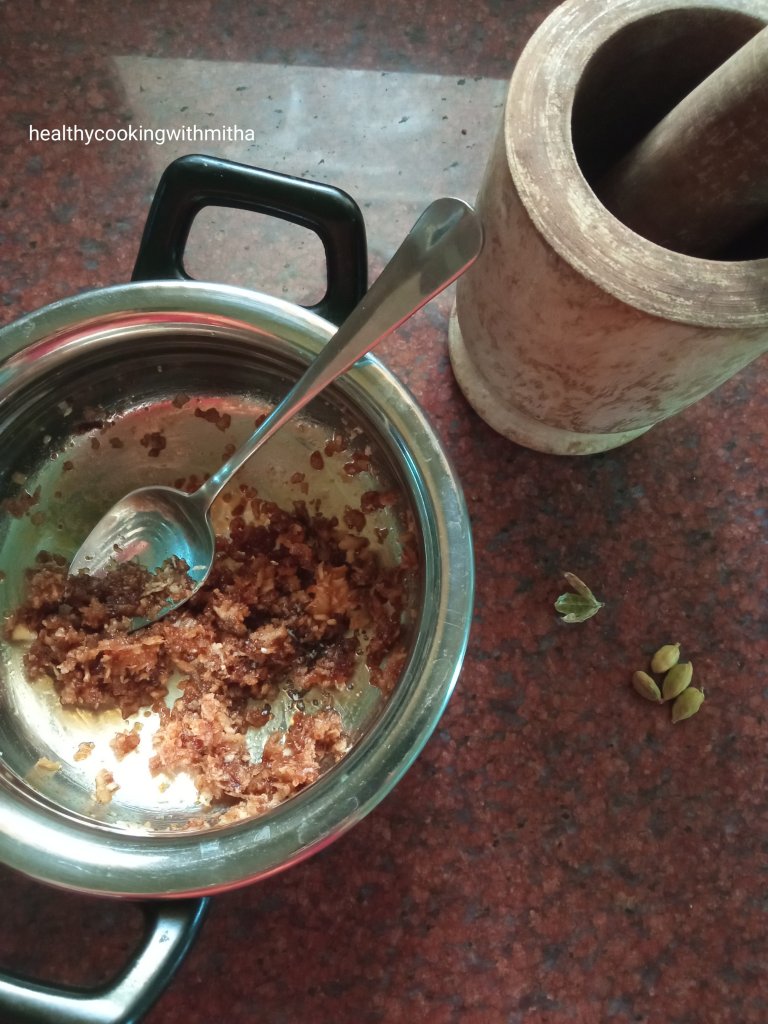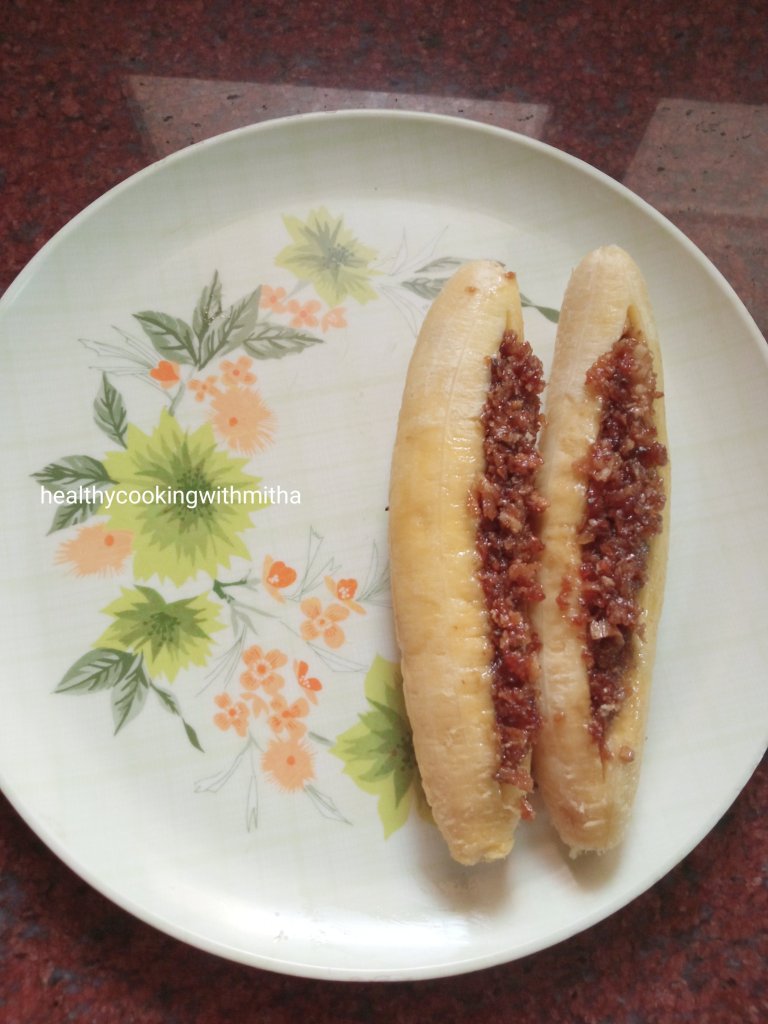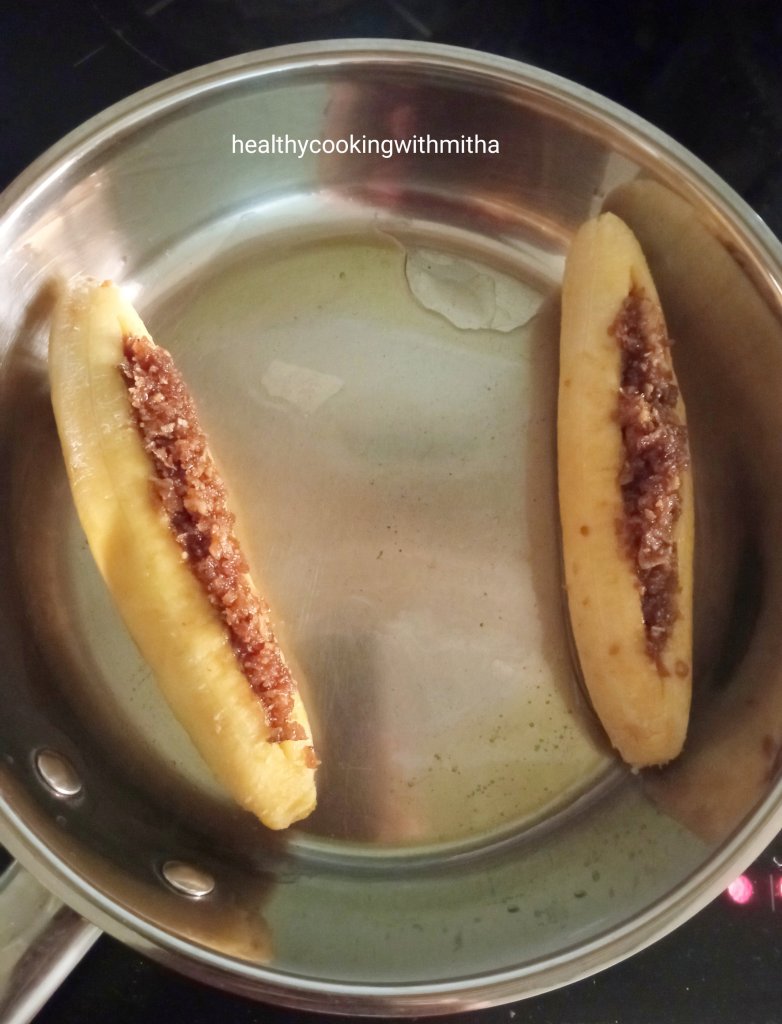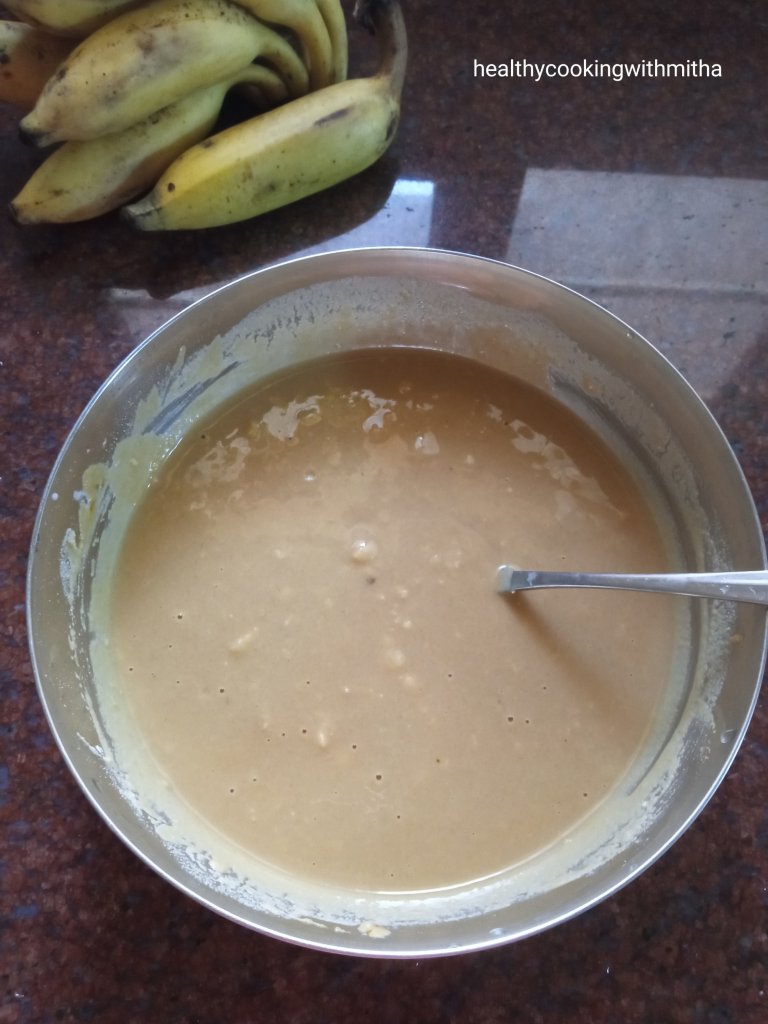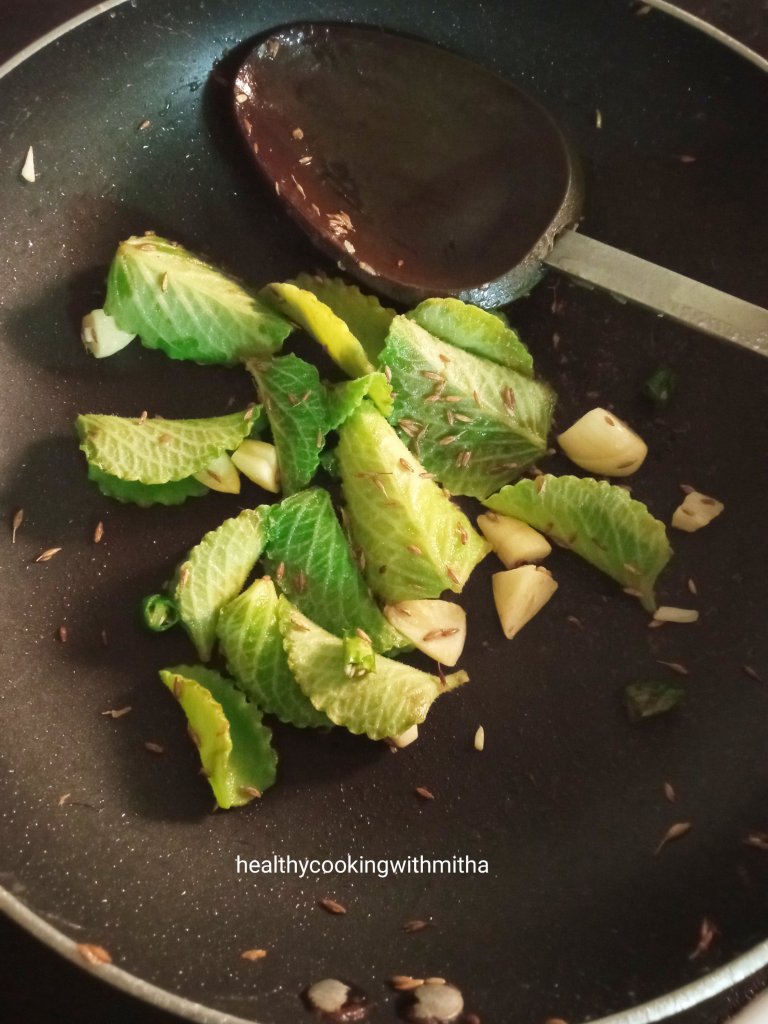
Whenever I hear or read jokes about how healthy food can never taste good, I feel a little bad but get even more motivated to change the notion through my blog. “Food is medicine to the body” – that’s what I believe in and try to include carbs, protein, fat, vitamins and minerals in every meal I make.
Specially after I became a mother, I realized I have to make the meals in such a way that not only are they healthy but kid friendly as well. Gratefully, they eat almost everything I cook and I think it’s because I started giving them regular food as soon as they turned 6 months. No baby food or purees. Just normal idli, dosa, rice, chapati with chutneys and curries.
In chutneys, I try to include greens depending on the season and during winters, I definitely make Sambarpalli or Ajwain leaves chutney and this Moringa leaves chutney as it’s very healthy and great for immunity. They don’t realize it has superfoods in it and enjoy it with their dosas and idlis.
The flavour is just like any restaurant style green chutney and there is no bitterness of moringa at all. A must try chutney for sure. Hope you all try and love it too. Happy and healthy cooking 💚
RECIPE:
Ingredients: { Serves three to four people}
1 Cup = 240 ml
1 Cup Moringa leaves/ Drumstick leaves (after stems are removed)
3/4 Cup freshly grated Coconut
3 Green chillies
1 tsp Cumin seeds/ Jeera
1 tsp Coconut oil
1 tsp Tamarind paste
Salt to taste
Step by step recipe:
1. Pluck the leaves from the stem as shown. Place in a sieve or a colander and wash well. Keep aside.
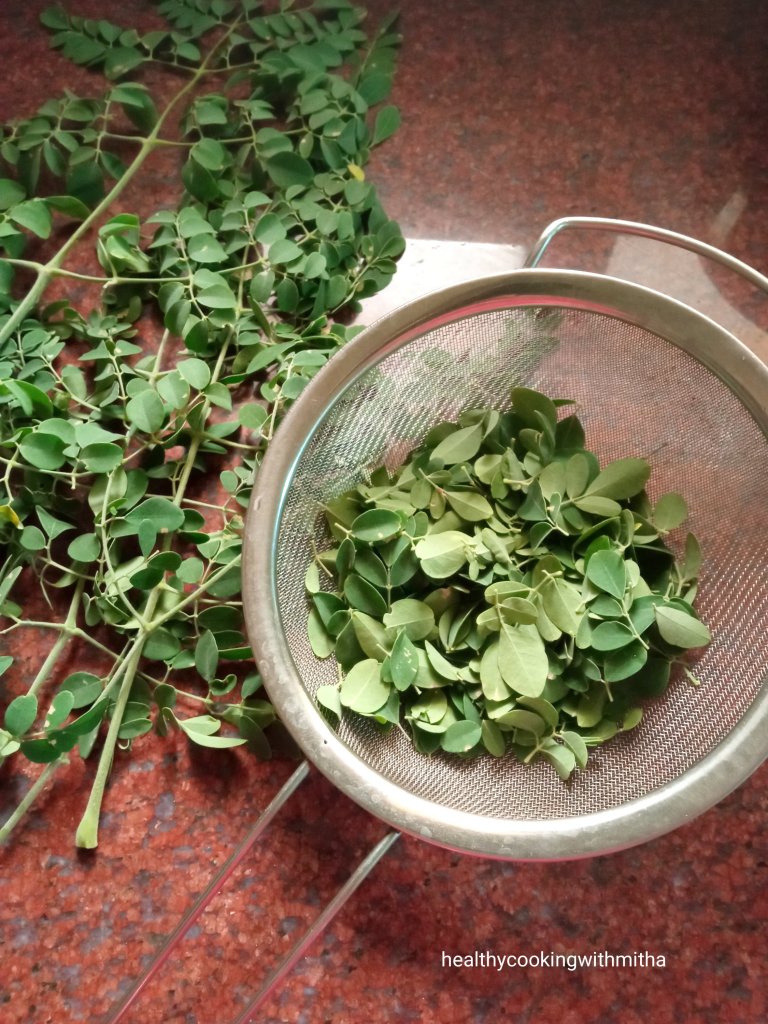
2. Heat oil in a pan. Add cumin seeds and fry for few seconds. Now add chopped green chillies and the washed moringa leaves.

3. Keep frying for a minute till the leaves are well roasted in the oil. Remove from flame. Allow it to cool.

4. Now take coconut gratings in a mixer, add the fried leaves mix, tamarind paste, salt and little water.
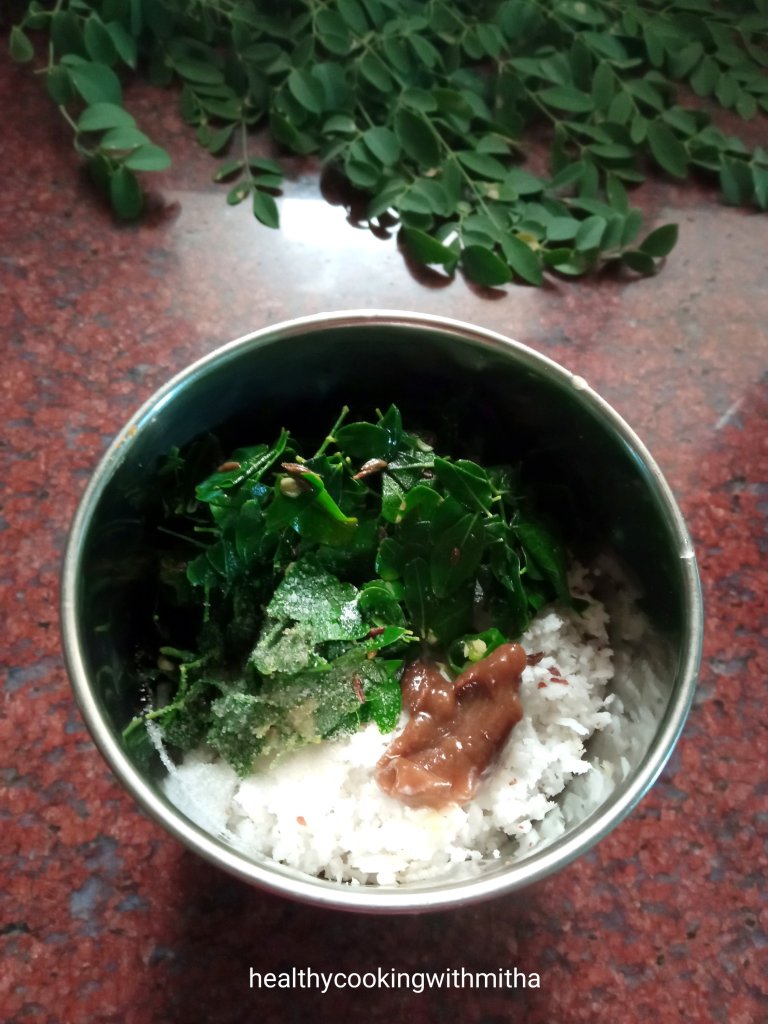
5. Add water while grinding as needed and grind to a smooth paste. Pour into a bowl. Chutney is ready to serve.

I served it with Panpolo or Neeru dose and it was a heaven made match 🤍💚

Notes:
* I do not season the chutney with mustard seeds/ curry leaf as I feel it’s not needed since we are frying the ingredients. You can season if needed.
* I make the same chutney with Sambarpalli or Ajwain leaves. You can substitute Moringa with Sambarpalli leaves too.
* This chutney can be served with idli, dosa, rice and even as a sandwich spread. Tastes really delicious.
* Don’t skip cumin seeds in this chutney as it enhances the flavour so much.
* You can check the recipe for Panpolo or Neeru dose here – Panpolo/ Neeru dose
* You can check all my chutney recipes here –
* My most favorite chutneys –
Sambarpalli or Ajwain leaves chutney
* More dishes that I make with Moringa leaves-



